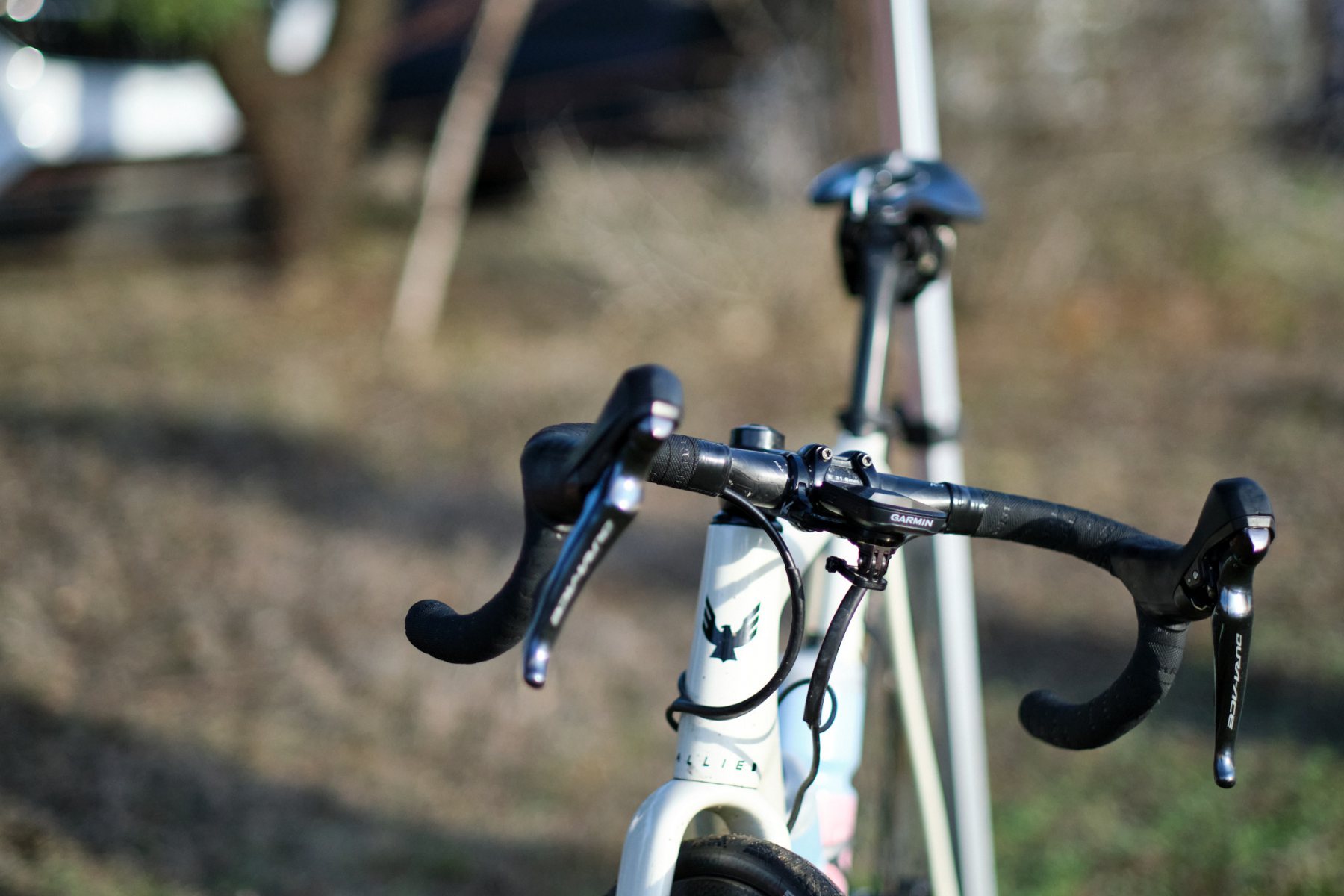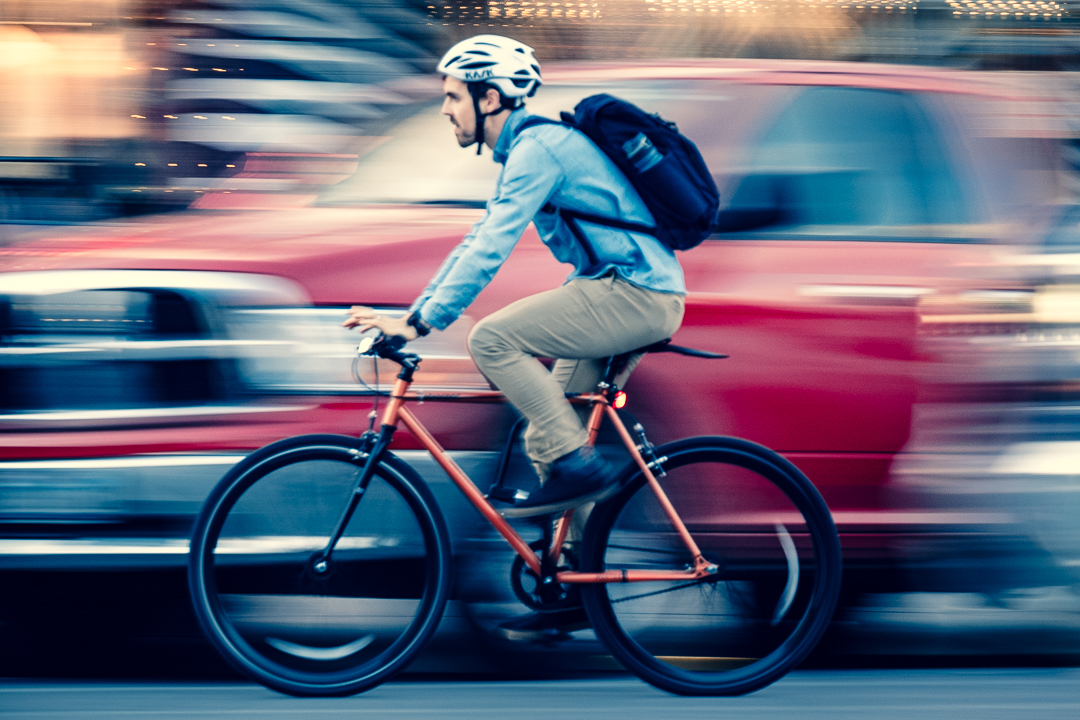Race Report: TKMRR
My first opportunity to get dropped came last weekend at the 2020 Tommy Ketterhagen Memorial Road Race, presented by Holland Racing. It’s an awesome event and the first race of the season on the Texas Bicycle Racing Association Calendar.
Formerly known as the Oatmeal Road Race, the ride was held in Bertram, TX, this year and last on a punchy 16-mile loop dotted with a few punchy climbs, including one leading to the finish for a bit of extra suffering as you sprint to the line. Wind seems to be the theme of the ride, with a stiff northerly wind setting the pace on the first six miles of the course both in 2019 and this year. The sun was shining, though, and temps were just warm enough to ride with little or no cold weather gear.
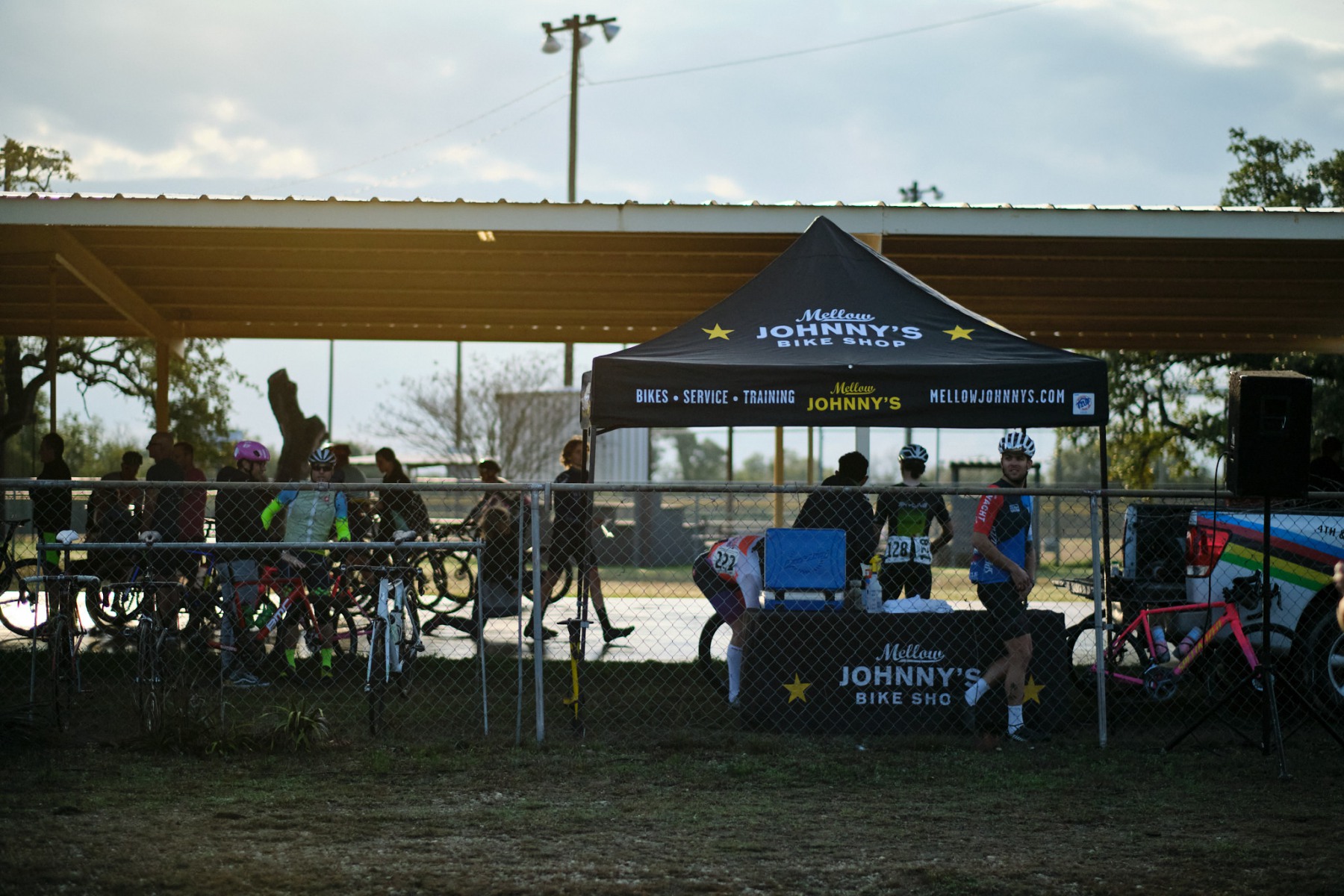
The race’s namesake, Tommy Ketterhagen, was a well-known member of the Austin road cycling community. In 2017, he was fatally struck while out on a training ride by a driver who left the scene. Though it took some time, justice was eventually served in Tommy’s death as the driver was sent to prison for a ten-year sentence.
The race is a way for Tommy’s family and friends to assemble in remembrance around something that he loved to do and, for the rest of us, an wonderful display of the camaraderie in the Austin cycling community.
As a slow, fat guy, my own race outcome was known weeks in advance. For the more competitive riders, however, the field was fair game. This year saw Elevate KHS Cycling return to the podium in the P123 race. Notably, among the amateurs, Austin’s Violet Crown Sports Association podiumed in three out of four races, with last year’s Junior’s winner taking first place in the 4/5A category, another Violet Crown cyclist winning the Junior Category race, and yet another with a solo win in the P123 category.
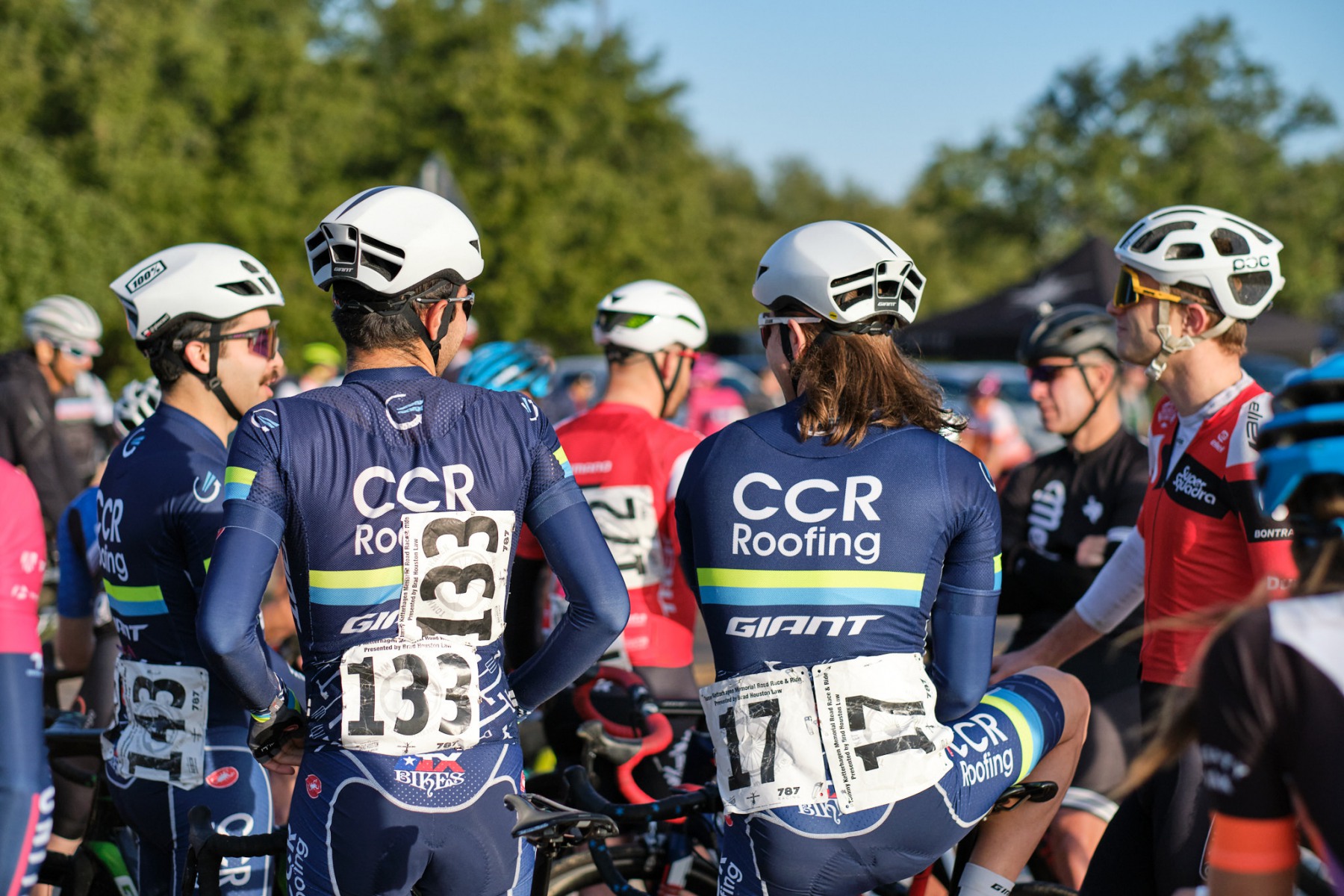
A special shout out to the race mentors, who do an outstanding job out on the course. The roads were open, and I saw their strict enforcement of the yellow line along with their reprimand of an overly aggressive rider. Most important to me, a mentor stepped in to help a group of us Cat 5s work together in a chase group. Assembling Cat 5s into a cooperative group is like herding cats, as many riders don’t have proper instruction on forming a rotating pace line, echelon or race tactics and, instead, wallow alone, falling further behind. One particular mentor helped keep us together and provided some guidance on climbing, descending as a group and general tactics, which made my participation a significantly more productive learning experience.
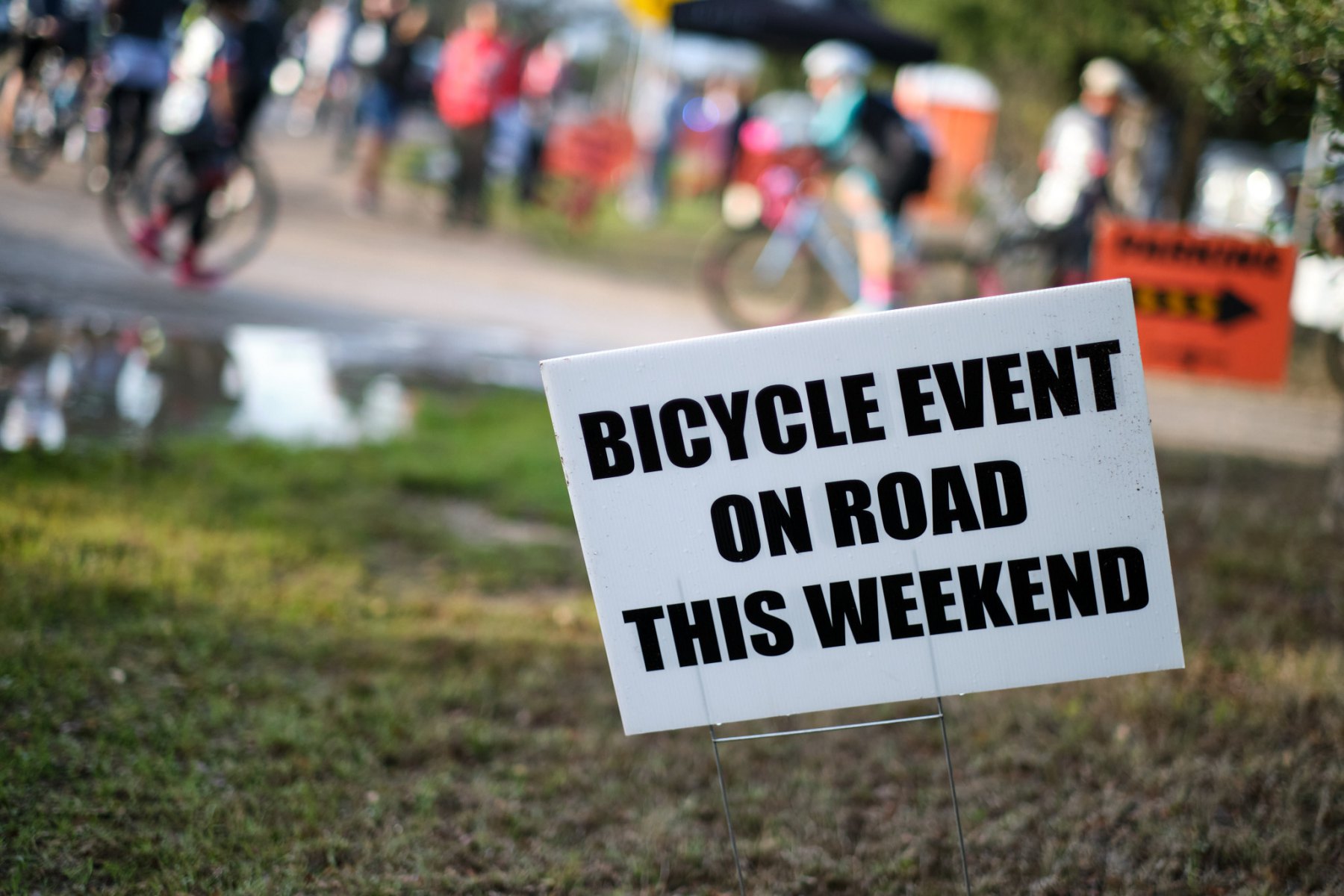
It’s doubtful that many riders target TKMRR as an ‘A’ event, but it’s a great opportunity to shake off the cobwebs of our brief Texas offseason and test one’s fitness as the season opens. This chance to get into the racing mindset at the beginning of January provides a distinct advantage over some colder climes.
Next on the Texas road racing calendar is the Davy Crockett Classic in Crockett, TX, featuring a time trial, criterium and road race.
Photos here:
[ngg src="galleries" ids="1" display="pro_tile"]
A Commuter
Growing up in the suburbs of a small midwestern town, with low-traffic streets and trails connecting me to friends, my bicycle was freedom. At a moment’s notice, we could pedal to the next house, a nearby pond, a trail into the woods, even to school - a journey we sometimes undertook in the days when parental sensibilities still allowed young children to explore.
From among my earliest memories, I recall noticing the sensation of balance when my training wheels, installed slightly high, would leave the ground and, for a few seconds, stay that way as I rode as straight as possible. The day I had them removed, I took my bike into the driveway, aligned myself with the longest stretch available and, after only a few attempts, became a cyclist.
As is the case with so many American children, I grew out of cycling as I got older. There was an interest in mountain biking in my early teens, and I had a bike in college until it was stolen (sold by an acquaintance to buy weed, I suspect). After that, I didn’t ride for years. It wasn’t until my 30s, upon moving to a city with horrible traffic, but also the type of weather that allows year-round cycling and a modicum of bike infrastructure, that I began to ride again.
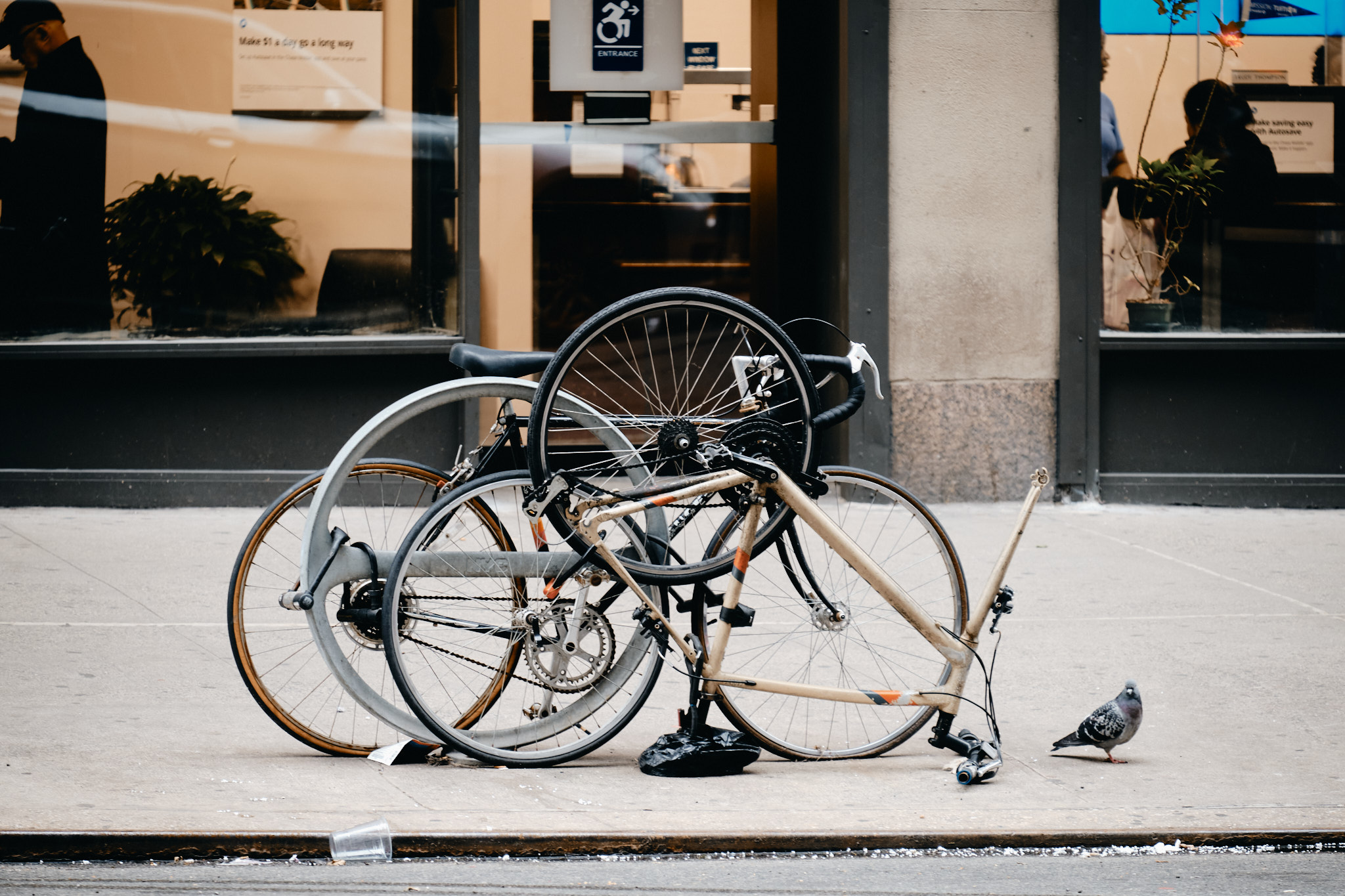
At first, it felt quite forced. The effort of going outside and exposing oneself to the slightly uncomfortable elements, of having to dress properly, expend effort, and take extra time to reach my destination, often led me to hop in the car. Yet, with a higher than average proportion of transportation cyclists in my city, this choice frequently left me feeling remorseful, as I’d inevitably see one braver and more determined than me out on their bike. I have a rule that I usually simply call the “You’ll Be Glad You Did Rule,” which says that if you’ll just do the more rewarding (and usually more challenging) thing, rather than giving in to your inertia, that “you’ll be glad you did”. This rule holds true every time I hop on my bike and, over time, car trips to the grocery store, coffee shop, barber, etc. dwindled to the point of my selling the car - a beater of a Honda Accord that, frankly, I was a little embarrassed to drive anyway.
Something about selling that car led me to feel that I had “officially” become a transportation cyclist, even if most of my trips were previously conducted in this manner. Sure, I still take Ubers, public transit, or occasionally ride the ever controversial e-scooter, but this multi-modal approach is centered around my bike. I never knew getting from A to B could be so gratifying and positive until I started traveling in this manner, however, every ride, no matter the setting, is overshadowed by the dark cloud of American infrastructure and our cultural ideas about transportation.
Formerly, as a frequent runner, I was often disgusted by how hostile our city environments are to humans. Everything we build is car-sized, and running through wastelands of traffic, gas stations and chain restaurants to find the “nice” parts of town was an education in how poorly designed our cities are for anyone but drivers. We’ve laid out the red carpet for multi-thousand dollar hunks of private property to glide through cities with ease without much thought given to the movement of humans.
While running along from the relative safety of the sidewalk, I never felt terribly threatened by the traffic shooting past me (though the noise can be stressful). Considering the number of pedestrians killed annually in the United States, perhaps this feeling was naive. Still, on foot, I felt that I could dart from the path of a straying vehicle and mostly exist outside of the world of motorists.
The experience is completely different on a bicycle. One is required to leave the sidewalk, crossing that white line to join the realm of the automobile. Here, the standards of civilized behavior no longer apply and something like the reptilian id seems to take over. At its most extreme, incidents of road rage lead drivers to intentionally threaten and injure, while our daily experience is filled with events such as honking (the eardrums of all those outside of the climate-controlled cage be damned), close-calls and speeding. Here on the road, whether protected by 3000 pounds of metal or 10oz of t-shirt, we’re no longer humans. Maybe it’s the tinted windows or the fact that we can’t look each other in the eye and say to ourselves, “That’s another person,” or perhaps its movement at speeds greater than our minds have evolved to comprehend. This reality is reflected in our speech and writing, where the vehicle is given agency over its driver: “Pedestrian killed after being struck by SUV”, “That car needs to get out of my way.” Even design standards for American vehicles reflect this. Imagine Ford or GM taking care to protect pedestrians by building lower grills on their fast-selling trucks, or drivers thinking twice about whether installing that brush guard and metal bumper will reduce the safety of other drivers.
It’s in this world that I, the cyclist, exist. Despite my clear vulnerability (and being being visibly human), I’m lumped into this non-human river of metal. Cruising home from the library or my favorite coffee shop, using trails when possible and roads when necessary, I become an obstacle rather than a person. Drivers may dangerously pass rather than wait the extra ten seconds necessary to reach a safe opening, despite the fact that we’re both racing for a red light in which I’ll quickly catch up. Actually, our average speeds are often closely matched during rush hour. If fortunate enough to have a bike lane on my journey, I’ll be gifted with glimpses of passing drivers on their phones, playing roulette with my life as they check their texts or type addresses into Google Maps.
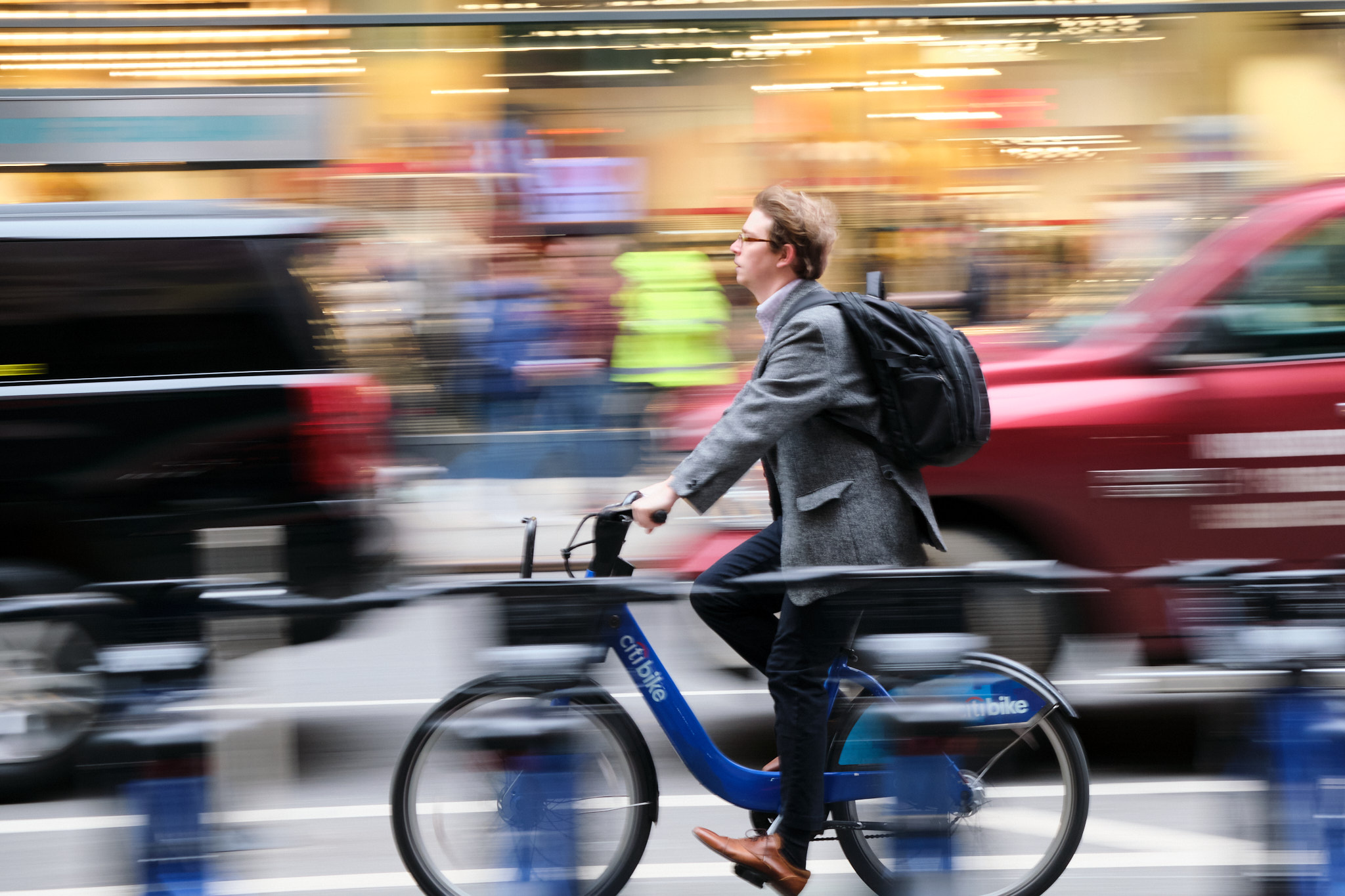
Arriving at a destination with that tinge of righteous anger at the unfairness of it all, the kind that you sometimes see come out in cyclists as they maliciously block the lane or swipe a vehicle’s mirror, I have to calm myself and realize that it isn’t the drivers’ fault. As a cyclist, I represent a tiny minority in a country where driving has been normalized and subsidized to a degree that most lack the ability to even comprehend an alternative reality. While riding, the sight of a police officer enforcing simple traffic laws, or sensible road engineering for intra-city travel, or well-implemented traffic-calming measures are so rare as to be practically nonexistent. All of this is exacerbated by sprawling development patterns, stacking more tax-revenue-sucking roads further and further from the city center until only the most determined and brave among us can even attempt to ride.
Cycling advocacy organizations of the type that support transportation cyclists are usually met with strong resistance when asking for safer infrastructure. The idea that one would want the freedom to travel outside of their expensive wheelchair is seen as absurd by the ruling generation, two-thirds of whom are overweight or obese. And despite the fiscal responsibility and “small government” ethos of legalizing density and self-sustaining infrastructure, my cycling is treated as a “Liberal” pursuit by conservative media, essentially settling the matter for half the country.
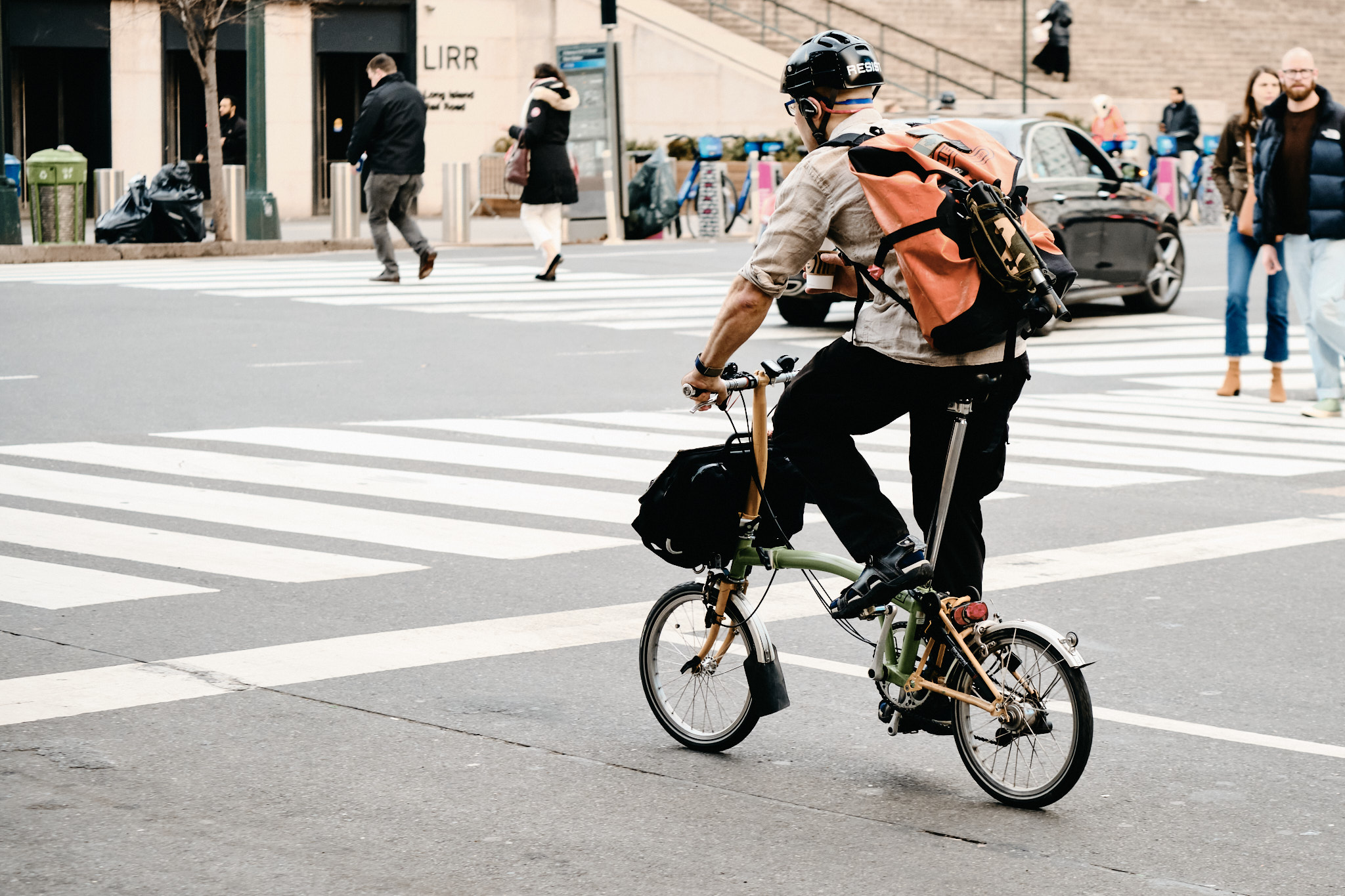
Where we do have bicycle infrastructure, it’s designed to serve the rich. In cities, the wealthy and educated ride for transportation just as often as the very poor - one group by choice and the other by necessity. Unfortunately, the poor will be riding in high traffic areas with no bicycle infrastructure and fast speed limits, often without training or an understanding of their claim on the public right-of-way. If these riders were to attempt to travel from city-center to home, their route would eventually empty into a concrete plain of high-speed, wide roads with intermittent sidewalks or the empty promise of a shoulder-painted bike lane along a 45+ mph street, more a product of failed policy than true infrastructure.
Despite the fact that cycling in America is a front row seat to how terribly we’ve failed at building cities, at how much we’ve bent to the will of the auto-lobby and ignored the basic needs of Americans, I can’t help but keep it up. At quiet hours or on low-traffic routes, passing through the city and its parks is often more a joy that enhances even the most mundane errands. Smelling the morning air and just being in the environment on a sunny morning, regardless of traffic, is one of the best parts of my day. On rainy afternoons, the empty streets are a secret world through which I can silently glide, the rain on my face instantly breaking the monotony of everyday life. “The journey is the destination” rings truer than ever on a bicycle, and on completing the errand, one is rewarded with a sense of satisfaction for having worked for something, for having the grit to walk out the door, briefly shedding modern comforts to do something for oneself (and for everyone else too).
The best part, though, is the humanness of it all. Bicycles lie opposite the isolation of automobile travel. Not only do you see the drivers, to whom you don’t exist, but also passing pedestrians, and runners in the park, and visitors to the dog run, and every other person you cross along the way, and they see you to too, another human going about their day. Cycling incites a sense of community that’s been lost to our soulless sprawl, big box store parking lots and long auto commutes. It’s addicting, and so what can I do but keep riding? To set an example, advocate for change, and hope that someday we remember that cities are for people.
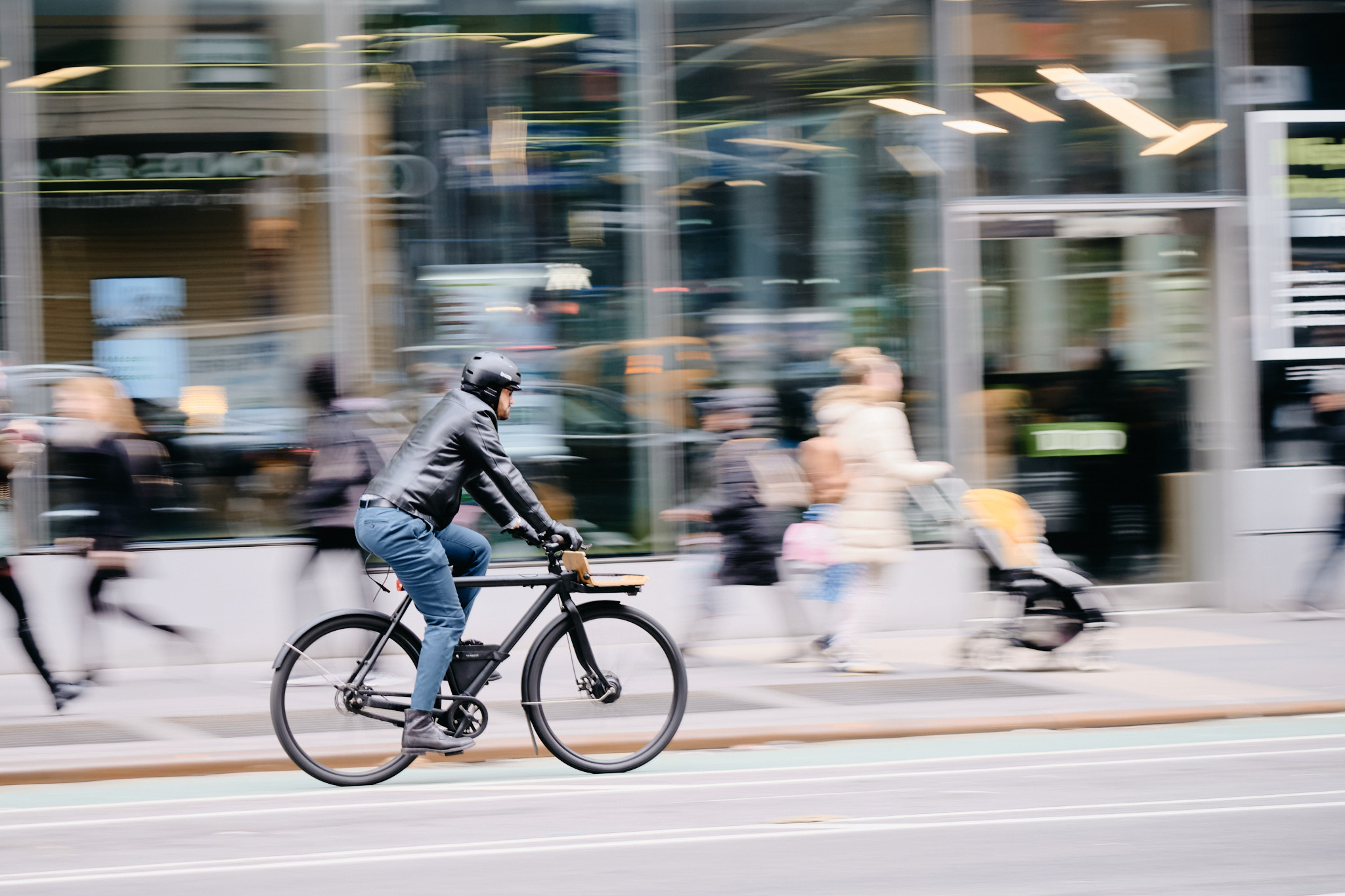
Bike for Your Country
Yes, for your country. While patriotic flags and sayings may often adorn large SUVs driven by soccer moms and suburban cowboys, it doesn’t take much effort to slap a flag sticker on your truck. Those who truly want to display their patriotism through mobility choose a mode of transportation quite the opposite from a world-burning Dodgy Ram.
The fact of the matter is that, flag-bearing or not, these vehicles take up an immense amount of space, not only in their immediate footprint or while idly parked (where they live 95% of the time), but also in the required road network, parking and general auto-centric development pattern needed for their utilization - a system that comes at a huge price to American citizens, both in direct costs and, also, indirectly in the form of lost productivity, excessive land use, inefficiency and the displacement of those who can’t afford to live close to where they work.
After 70 years of developing our cities for automobiles rather than humans, the average citizen has become somewhat “car blind”. Still, the case remains that alternatives exist. These alternatives are more efficient, cheaper, more “free market”, and better for the environment, yet the automobile remains “the answer” to most citizens, who know nothing else and, understandably, hardly have time to think about much more than making ends meet, let alone reading about transportation issues in their free time.
“Free market? Forcing bike lanes and trains down my throat isn’t free market,” you might say. This is understandable. Years of market-distorting laws favoring automobile transportation are what got us here, such as parking minimums, single-family residential zoning, square footage minimums, development requirements for wide, high speed roads - the list goes on. What’s resulted is a cycle of auto dependency where alternatives to automobile transportation have become impossible, with endless federal funds in the form of what amounts to payday loans to keep the auto-centric development churning. With unchecked state and federal road infrastructure funding , there’s no incentive to stop building cities outward into expensive non-places full of big box stores and cookie cutter snout-house subdivisions - places inhospitable humans not encased safely SUVs.
That’s where bikes come in. Your town, city, municipality, or village may not have acceptable transit service, everything is too spread out to walk, Uber-ing everywhere is prohibitively expensive, and autonomous vehicles are still a Silicon Valley fantasy. The bicycle, however, in all its high-efficiency glory, can move a human just far enough, just fast enough, to get them where they’re going without having to drive. No, if you live in the country and have to take Farm to Market 920 (i.e., Sprawl to Parking 920) fifteen miles to the grocery store, bicycling probably won’t work for you. If, however, you’re anyone from a small town dweller, up to and including a city slicker who has amenities within a reasonable distance of home - you can absolutely ride your bike for transportation.
Below is a picture of my “car”. Within a reasonable radius of my apartment, I run any errand I please without a second thought. Too hot? Humans sweat. Too cold? I’ll warm up with a little movement. Rain? Where I live, it doesn’t rain continuously, but I save enough not owning a car to justify buying some pretty awesome rain gear (or to be chauffeured to my destination in an Uber on special occasions).
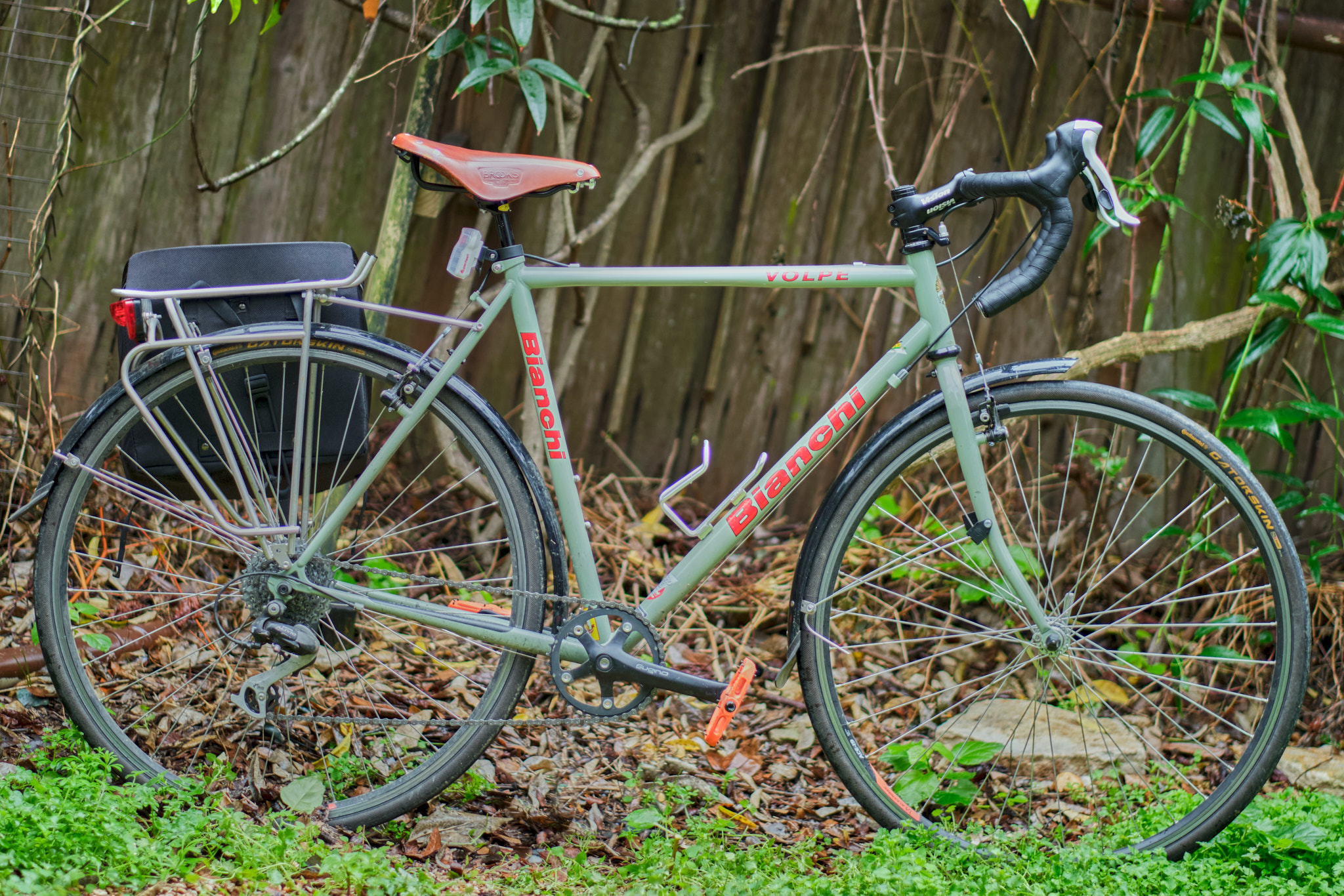
My area isn’t dense. Houses have yards, there are ugly parking lots and soulless big box stores, nonetheless, everything I need is close enough to reach by bike and I’m fortunate enough to have relatively safe streets on which to make these trips.
The most striking thing about my trips is how much I’m slowed down by automobile infrastructure. In most cases, I can reach my destination in less time than it takes to drive (especially during rush hour) utilizing sidewalks, trails and the “Idaho Stop” (civil disobedience, right?). Single-family housing, parking and excessive, land-wasting roads take up most of the space between points A and B. I, and every cyclists I see along the way, however, require very little space. This image does a good job of illustrating that:
Every additional cyclist on the road highlights the absurdity of the development patterns we have in place. Designing for this:
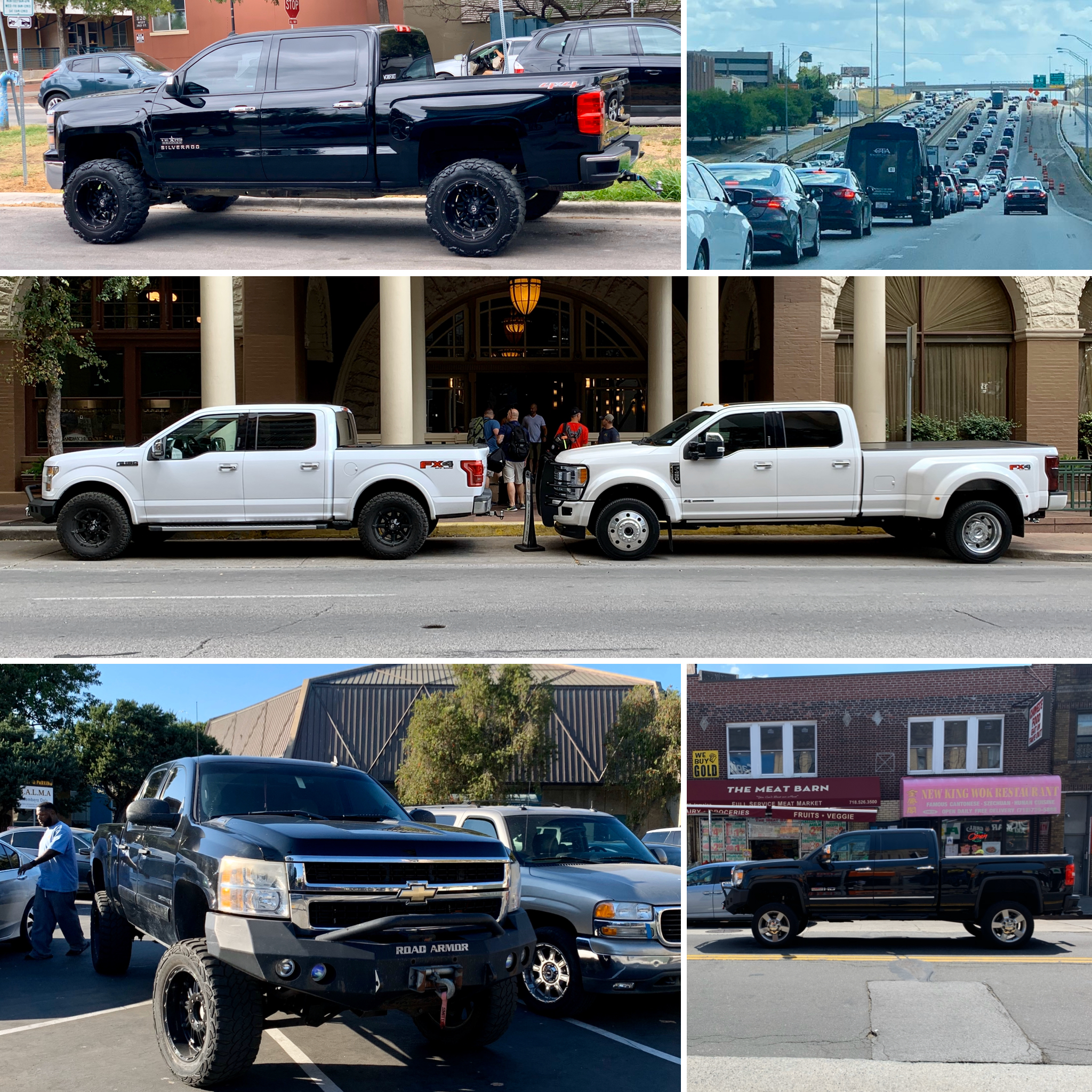
Creates this:

The above, in case you don’t recognize the reference, is an auto-centric non-place with an incredible infrastructure burden relative to its density. The generation who built this won’t be around to endure the incredible cost of its maintenance, which will either be funded through high federal/state taxes or crushing millages/assessments on the individual citizens who live here. “Freedom” to live where one desires is often brought into the conversation when sprawl and single-family housing is criticized, however, there’s nothing “free” about burdening fellow citizens with the cost of such development, or demanding that every public space be destroyed for the sake of one’s giant metal wheelchair, or a de facto car ownership requirement. By all means, choose live where you want, but let’s reconfigure the market so that true costs are reflected in those choices. Declaring the area pictured above as “freedom” is similar to one demanding that they be free to live in subsidized housing or to receive welfare.
Will glimpsing the occasional cyclist change anyone’s mind about driving or housing? Probably not immediately, but when citizens demonstrate that they can get from place to place without wrapping themselves in a 6,000 pound wheelchair and show their city that they want the ability to do so, change happens. More cyclists means more bike lanes, more awareness from drivers, more density and less parking. The most able bodied among us, especially, who want to see change, have a responsibility to get out there and ride, as it’s often the case that, while a person of stout age and fitness can make their way reasonably well through city streets, these streets aren’t yet safe enough for children, families or the elderly.
Choosing cycling (or walking, or transit, etc.) over driving is one small vote for human-scale cities and towns, for fiscally responsible and sustainable development patterns, for safe streets that value life over vehicles per hour, for mobility over isolation.
Cities are man’s greatest invention. The sprawling, auto-centric development patterns we’ve come to normalize in this post-war era are chipping away at our cities little by little. When you see someone riding their bike as a means of transportation in America, whether by necessity or choice, consider it the exemplar of all those little SUV window flags in action. Bike for your country.
